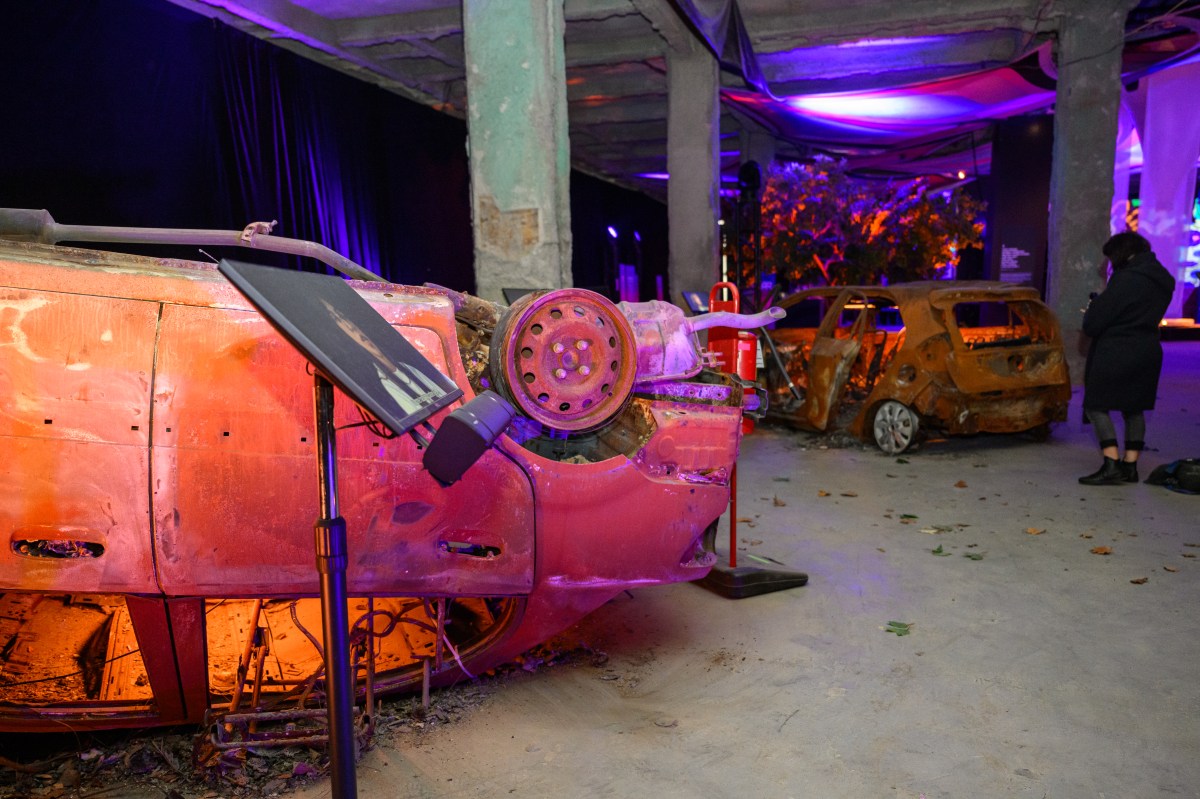OTTAWA – It will be 2028 before Canada’s thinly-stretched and overworked military reaches the modest expansion goals set for it last year by the Conservative government, federal budget documents reveal.
And even that lengthy timeline is optimistic, given the challenges the army, navy and air force have keeping people in uniform, says the recently released National Defence reports on plans and priorities for 2009-10.
“It is significant to note that the rate of growth depicted below cannot be assured, as strategies to address recruiting and retention challenges are not yet mature enough to guarantee success,” say the documents, which lay out charts to project the expansion.
The thought that it will take 19 years to add roughly 5,000 full-time – or regular force – and 3,000 reservists to the ranks has critics and military observers aghast.
The goal of creating a standing force of 70,000 regulars and 30,000 part-time soldiers was set last year in the Conservative government’s much-hyped Canada First Defence Strategy, which also pledged to give the military scheduled budget increases.
But that document, which itemized a list of new warships, aircraft and armoured vehicles the government intends to buy, was hazy on a specific expansion timeline.
The latest budget was more clear, saying that given future economic uncertainties the growth expectations were “prudent.”
A spokesman for Defence Minister Peter MacKay defended the expansion goals.
“We’re on pace to meet that target,” said Jay Paxton, in a email reply to questions about the effect of the go-slow approach.
Paxton wouldn’t explain why the government chose the two-decade strategy, what effect it would have on the existing force, and whether the decision was guided by funding concerns.
The Conservatives – elected in 2006 on a platform that promised to expand the regular forces to 75,000 and the reserves to 35,000 – were forced into an embarrassing retreat from those numbers when their budget failed to put enough money into military personnel.
Liberal Senator Colin Kenny, the chair of the upper chamber’s security and defence committee, said the new timeline makes a mockery of the Conservative pledge to rebuild the Forces.
“It’s absolutely astonishing,” he said in an interview as he thumbed through the detailed budget documents.
“They haven’t given us year-by-year on that chart, but it works out to 280 people a year.”
National Defence estimates it spends $150 million in lifetime costs for every 1,000 soldiers, sailors and aircrew added to the ranks.
Kenny said the Conservatives are not prepared to swallow the cost of expanding the military faster in order to give relief to soldiers, exhausted by multiple deployments to war-ravaged Afghanistan.
It is those repeated calls to duty that have contributed to the military’s biggest problem – retention.
Edgy recruiting advertisements depicting a Canadian Forces at war and ready to fight in a chaotic world have helped keep recruiting numbers on track. The problem has been holding onto those people and to the more experienced non-commissioned officers.
The current strategic assessments prepared by the chiefs of army, air force and navy – obtained by The Canadian Press – paint a grim picture in each branch about the critical shortage of personnel in key areas.
“The Afghanistan mission is particularly taxing on Army capabilities,” wrote Lt.-Gen. Andrew Leslie in his current annual review.
“Last year approximately 12,000 soldiers were training for the Afghan mission, deployed overseas or returning home.”
That’s out of a total land force of roughly 23,000 and the strains have prompted Leslie to refer to his force as the “Hollow Army.”
The navy is short the equivalent of two full ship’s companies and the air force has struggled to fill technician slots.
In addition, National Defence faces a chronic shortage of military planners and project officers, who help guide the development and delivery of new equipment.
The absence of those staff officers contribute to the department’s inability to spend hundreds of millions of dollars annually, leaving projects delayed or shelved entirely.
In 2007 the Defence Department had to give up $300 million in appropriations and put off another $1.1 billion in spending until future years because of the shortage of project managers.
Brian MacDonald, a senior analyst with the Conference of Defence Associations, said the current system of training and organization precludes a rapid expansion of the military.
“We couldn’t do what we did in the Second World War,” said MacDonald, whose organization of retired officers and experts receives a grant from the federal government.
Too few trainers and multiple tours for experienced personnel mean that even if thousands new recruits flooded through the door, they would be left standing around.
MacDonald said the federal government must look at creative ways to utilize the reserves in order to fill the current gaps and find a way to entice former members of the military into training and staff positions.
















